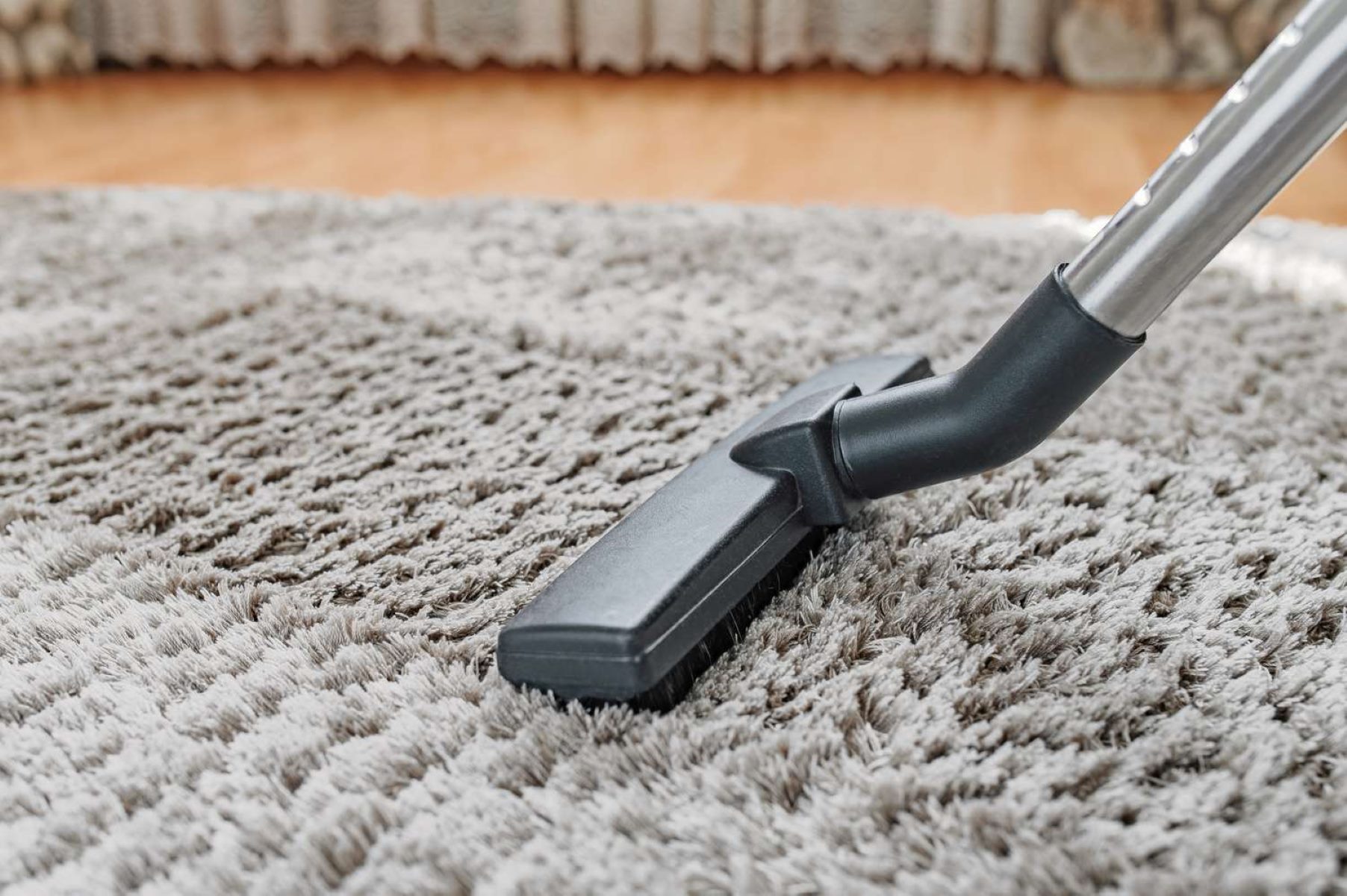

Articles
How To Keep Rugs Fluffy
Modified: January 9, 2024
Learn how to keep your rugs fluffy with these helpful articles. Find tips and tricks to maintain the plushness and extend the lifespan of your rugs.
(Many of the links in this article redirect to a specific reviewed product. Your purchase of these products through affiliate links helps to generate commission for Storables.com, at no extra cost. Learn more)
Introduction
When it comes to decorating your home, a rug can add warmth, texture, and style to any room. However, over time, rugs tend to lose their fluffy appearance and become flat and dull. Fortunately, there are several simple yet effective methods to keep your rugs looking plush and inviting.
In this article, we will explore various techniques to maintain the fluffiness of your rugs. From choosing the right materials to regular cleaning and maintenance, we will cover all the essential steps to ensure your rugs stay soft, fluffy, and luxurious.
Whether you have an exquisite Persian rug or a cozy shaggy rug, the tips shared here will help you preserve their beauty and extend their lifespan. So, let’s dive in and uncover the secrets to keeping your rugs irresistibly fluffy!
Key Takeaways:
- Choose the right rug material, regularly vacuum, and rotate your rug to maintain its fluffiness. Professional cleaning and preventive measures against sun damage can extend the lifespan of your rugs.
- Regularly vacuum, brush, and rotate your rug to maintain its fluffiness. Promptly handle spills and stains, and consider professional cleaning to rejuvenate your rug’s appearance and texture.
Read more: How To Clean Fluffy Rugs
Choosing the Right Rug Material
One of the key factors in maintaining the fluffiness of your rugs is selecting the right material. Different types of rug materials have distinct qualities that affect their durability, softness, and resilience. Here are a few popular rug materials to consider:
- Wool: Wool rugs are renowned for their durability and natural softness. They have excellent elasticity, which helps them retain their shape and fluffiness over time. Wool fibers are also excellent at repelling dirt and stains, making them easier to clean.
- Cotton: Cotton rugs are lightweight, easy to clean, and highly breathable. While they may not be as fluffy as wool rugs, they are still a great choice for low-traffic areas or rooms with a more casual aesthetic.
- Synthetic materials: Synthetic rugs, such as polyester or nylon, are known for their affordability and resistance to stains and fading. However, they don’t have the same level of softness and natural feel as wool or cotton rugs.
- Silk: Silk rugs are synonymous with luxury and elegance. They have a lustrous sheen and a velvety texture, making them incredibly soft and plush. However, silk rugs require more delicate care and are best suited for low-traffic areas or as decorative accents.
Consider the purpose and location of the rug when selecting the material. For high-traffic areas, opt for more durable materials like wool or synthetic blends, as they can withstand heavy foot traffic and maintain their fluffiness. For bedrooms or areas where comfort is a priority, choose softer materials like wool or silk.
Additionally, be mindful of any allergies or sensitivities to certain materials. For example, if you or someone in your household has wool allergies, it’s best to avoid wool rugs and opt for hypoallergenic alternatives.
By choosing the right rug material that aligns with your needs, preferences, and lifestyle, you can ensure your rugs remain fluffy and inviting for years to come.
Regularly Vacuuming and Shaking
One of the most basic yet essential steps to keep your rugs fluffy is regular vacuuming. Vacuuming removes dirt, dust, and debris that can accumulate in the rug fibers and weigh them down, causing the rug to lose its fluffiness.
When vacuuming, be sure to use a vacuum cleaner with a beater brush or rotating brush head. This type of vacuum cleaner agitates the rug fibers, loosening dirt and restoring the fluffiness. Set the vacuum cleaner to the appropriate height, so it doesn’t dig too deep into the rug or glide above it without picking up the dirt effectively.
It’s also recommended to vacuum in different directions, especially if you have a rug with long fibers or a shaggy texture. Vacuuming in multiple directions helps to lift and separate the fibers, preventing them from matting down and maintaining their fluffy appearance.
In addition to regular vacuuming, another effective technique to revive the fluffiness of your rug is shaking it out or beating it with a carpet beater. This process helps to loosen embedded dirt particles and revitalizes the rug’s fibers. Take the rug outdoors and give it a good shake or hang it on a clothesline and beat it gently with a carpet beater to remove as much dirt and dust as possible.
For larger rugs that are difficult to move, consider utilizing a carpet beater attachment on your vacuum cleaner. This attachment mimics the action of shaking and beating the rug, helping to rejuvenate the fibers and restore their fluffiness.
By regularly vacuuming and shaking your rugs, you can prevent dirt buildup and keep the fibers lifted, preserving the overall fluffiness and appearance of your rugs.
Brushing the Rug Fibers
In addition to regular vacuuming and shaking, brushing the rug fibers is another effective technique to maintain the fluffiness of your rugs. Brushing helps to loosen any matted or flattened areas, restore the natural pile, and enhance the overall plushness of the rug.
Before brushing, make sure to choose a brush or a carpet rake specifically designed for rugs. Avoid using brushes with stiff bristles as they can damage the fibers. Instead, opt for softer brushes or ones with specially designed bristles for rugs.
Start by gently brushing the rug in the direction of the fibers. Use long, sweeping strokes and apply light pressure to avoid causing any damage. Focus on areas that may be more prone to flattening, such as high-traffic areas or spots where furniture has been placed for an extended period.
If you have a shaggy or long-pile rug, consider using a wide-toothed comb or your fingers to separate and fluff the individual fibers. Gently comb through the rug, lifting the fibers for a fuller and more luxurious look.
Regular brushing not only helps to maintain the fluffiness of the rug but also enhances its appearance by ensuring the fibers lay evenly and are free from any tangles or mats.
It’s important to note that brushing may not be suitable for all rug types, especially delicate or antique rugs. If you have a valuable or fragile rug, it’s best to consult a professional before attempting any brushing techniques to avoid causing any damage.
By incorporating regular brushing into your rug maintenance routine, you can keep the fibers revitalized, preventing them from matting down and maintaining the fluffiness of your rugs for years to come.
Rotating the Rug
Rotating your rug regularly is a simple yet effective way to maintain its fluffiness and even wear. As people walk on a rug, the fibers in high-traffic areas can become compressed and flattened over time. By rotating the rug, you distribute the foot traffic and ensure that different areas of the rug receive equal wear.
Rotate your rug at least once every six months, or more frequently if it’s in a heavily used area. This practice helps to prevent specific spots from becoming overly worn or flattened, preserving the overall fluffiness and appearance of the rug.
When rotating the rug, carefully lift and shift it to the desired orientation. Pay attention to any furniture or objects on the rug, ensuring they are lifted or moved as well. Take the opportunity to vacuum the rug thoroughly before placing it back in its new position.
By regularly rotating your rug, you not only maintain its fluffiness but also prolong its lifespan. Allowing different areas of the rug to experience wear evenly can prevent premature wearing and extend the overall durability of the rug.
Read more: How To Keep Outdoor Rugs Down
Placing Padding Under the Rug
One often overlooked technique to keep your rugs fluffy is to use padding underneath them. Rug padding not only adds a layer of cushioning and comfort but also helps to preserve the fluffiness and integrity of the rug’s fibers.
Rug padding serves several purposes. Firstly, it provides added support and prevents the rug from slipping or sliding, especially on hard surfaces like wood or tile floors. This stability helps to maintain the rug’s proper position and prevents it from getting bunched up or stretched, which can lead to flattening of the fibers.
Secondly, padding acts as a buffer between the rug and the floor, absorbing some impact and reducing wear and tear. As people walk on the rug, the padding helps to minimize the pressure exerted on the rug fibers, reducing the likelihood of compression and maintaining its fluffiness.
When choosing rug padding, opt for a high-quality non-slip pad that is appropriate for the size and thickness of your rug. The padding should be slightly smaller than the rug itself, allowing for a snug fit without being visible beyond the edges of the rug.
Properly positioning and securing the rug padding is crucial. Lay the padding on the floor and place the rug on top, ensuring it aligns evenly with the edges of the rug. You can use double-sided rug tape or adhesive strips to secure the padding in place and prevent any movement.
By adding padding underneath your rugs, you provide an extra layer of support and protection. This not only enhances the comfort and stability of the rug but also helps to maintain its fluffiness by reducing stress on the fibers and minimizing wear and tear.
To keep rugs fluffy, regularly vacuum and rotate them to prevent matting. Use a rug pad to provide cushioning and prevent slipping. Avoid heavy furniture on the rug to maintain its fluffiness.
Handling Spills and Stains
Spills and stains are inevitable, but how you handle them can greatly impact the fluffiness and overall condition of your rugs. Promptly addressing spills and stains helps to prevent permanent damage and maintain the rug’s appearance. Here are some steps to follow:
- Blot, don’t rub: As soon as a spill occurs, gently blot it with a clean cloth or paper towel to soak up as much liquid as possible. Avoid rubbing the stain, as this can push the liquid deeper into the fibers and potentially damage them.
- Use mild cleaning solutions: If the spill leaves behind a stain, you can use a mild cleaning solution specifically formulated for rugs. Test the solution on a small, inconspicuous area of the rug first to ensure it doesn’t cause any discoloration or damage. Then, gently apply the cleaning solution to the stain using a clean cloth or sponge, following the manufacturer’s instructions.
- Blot, rinse, and dry: After applying the cleaning solution, blot the area with a clean cloth and rinse it with plain water to remove any residue. Be careful not to oversaturate the rug. Finally, allow the area to air dry completely before walking on it or placing any furniture on top.
- Consider professional cleaning: For stubborn stains or if you’re unsure about treating a particular type of stain, it’s best to seek professional rug cleaning services. Professional cleaners have the experience and knowledge to handle a wide range of stains and ensure your rugs receive the proper treatment without causing any damage to the fibers.
Remember to address spills and stains promptly to prevent them from setting into the fibers and damaging the fluffiness of your rugs. The quicker you react and follow the appropriate cleaning steps, the better chance you have of preserving the softness and appearance of your rugs.
Professional Rug Cleaning
While regular maintenance and spot cleaning can help keep your rugs fluffy and clean, there are times when professional rug cleaning is necessary to restore their luster and freshness. Professional cleaning not only deep cleans the rug but also rejuvenates the fibers, ensuring their fluffiness and longevity.
Professional rug cleaners have specialized knowledge, equipment, and techniques to handle different types of rugs and effectively remove dirt, stains, allergens, and odors. Here are a few reasons why professional rug cleaning is beneficial:
- Thorough cleaning: Professional rug cleaners use advanced cleaning methods, such as steam cleaning or dry cleaning, to thoroughly clean the rug from deep within the fibers. This removes embedded dirt and dust that regular vacuuming or spot cleaning may not be able to eliminate.
- Gentle treatment: Professional cleaners understand the delicate nature of rugs and employ gentle cleaning techniques to avoid causing damage. They know which cleaning solutions and methods are suitable for different rug materials and can prevent discoloration or fiber distortion.
- Stain removal expertise: Stubborn stains can be challenging to remove without professional assistance. Rug cleaners have the knowledge and experience to tackle various types of stains effectively, ensuring a better chance of full stain removal without compromising the rug’s fluffiness.
- Elimination of odors and allergens: Over time, rugs can trap odors, allergens, and pet dander. Professional cleaning involves thorough odor removal and allergen treatment, creating a healthier and fresher environment in your home.
- Restoration of fluffiness: One of the benefits of professional cleaning is that it can help revive the rug’s fluffiness. The deep cleaning process, combined with specialized grooming techniques, can restore the rug’s pile and make it look and feel softer and more luxurious.
Contact a reputable professional rug cleaning company in your area to schedule an appointment. Before hiring a company, read reviews, inquire about their cleaning process, and ensure they have experience with the specific type of rug you have.
Professional rug cleaning is typically recommended every one to two years, depending on the rug’s condition and usage. By investing in professional cleaning, you can extend the life of your rugs and keep them looking fluffy, fresh, and vibrant for years to come.
Removing Pet Hair from Rugs
If you have furry friends in your home, you know that pet hair can quickly accumulate on rugs, causing them to lose their fluffiness. Fortunately, there are several effective methods for removing pet hair and keeping your rugs looking clean and fluffy.
Here are some tips to help you tackle pet hair on your rugs:
- Vacuum regularly: Vacuuming is the most efficient way to remove loose pet hair from your rugs. Use a vacuum cleaner with a brush or beater bar attachment to loosen the hair from the rug fibers. Vacuum in different directions to ensure thorough coverage.
- Use a rubber broom or squeegee: Rubber brooms or squeegees are highly effective at gathering pet hair from rugs. Simply run the broom or squeegee over the rug, and the rubber bristles or edges will create static friction to collect the hair into clumps that can be easily picked up.
- Try a lint roller or tape: Lint rollers and adhesive tape are handy tools for removing pet hair from rugs. Roll the lint roller or wrap tape around your hand with the adhesive side out, then gently press and lift it against the rug to catch the hair.
- Use a damp rubber glove: Put on a damp rubber glove and rub your hand across the rug. The dampness will help the pet hair adhere to the glove, making it easier to clean up. Rinse the glove as needed to remove collected hair.
- Invest in a pet hair remover tool: There are specific tools designed to remove pet hair from rugs and furniture, such as pet hair brooms or specialized brushes. These tools have rubber or electrostatic bristles that attract and gather the pet hair from the rug.
- Preventive measures: Regularly grooming your pets can help minimize the amount of loose hair they leave behind. Brushing them outside or in an area away from rugs can significantly reduce the amount of pet hair that ends up on the rugs.
Experiment with different methods to find the one that works best for you and your rugs. It may be necessary to use a combination of techniques to effectively remove all the pet hair from your rugs.
Remember, regular maintenance is key to preventing an excessive buildup of pet hair on your rugs. By implementing these strategies, you can keep your rugs looking fluffy and free from unwanted pet hair.
Read more: How To Keep White Rugs Clean
Preventing Fading and Sun Damage
Exposure to sunlight can cause rugs to fade and lose their vibrant colors over time. To maintain the fluffiness and preserve the original beauty of your rugs, it’s important to take preventive measures to minimize sun damage. Here are some tips to help prevent fading and sun damage:
- Position rugs away from direct sunlight: When placing rugs in your home, avoid positioning them in areas that receive direct sunlight for prolonged periods. Sunlight can be particularly intense near windows and glass doors, so it’s best to keep rugs away from these areas if possible.
- Use window treatments: Install window treatments such as blinds, curtains, or UV-protective window films to filter and block out harmful UV rays. These treatments can help reduce the amount of sunlight that reaches the rugs, preventing fading and discoloration.
- Rotate rugs regularly: Just as rotating the rug helps distribute foot traffic evenly, it can also help minimize sun damage. By periodically rotating the rug, you can ensure that different areas receive exposure to sunlight, preventing excessive fading in specific spots.
- Apply window film: If your rugs are placed in an area where they receive intense sunlight, consider applying a UV-protective window film. These films block a significant amount of UV rays without obstructing the view, providing an extra layer of protection for your rugs.
- Use rug pads: Rug pads not only provide cushioning and stability but can also act as a barrier between the rug and the floor. Some rug pads have built-in UV protection to shield the rug from direct sunlight, reducing the risk of fading.
- Consider fade-resistant rugs: Certain rug materials, dyes, or finishes are more resistant to fading. If you’re concerned about sun damage, look for rugs that are specifically labeled as fade-resistant or UV-resistant.
While it’s difficult to completely prevent fading, taking these precautions can significantly prolong the life and appearance of your rugs. By minimizing exposure to sunlight and utilizing preventive measures, you can maintain the fluffiness and vibrancy of your rugs for longer periods.
Conclusion
Maintaining the fluffiness of your rugs is essential to ensure they retain their luxurious and inviting appearance. By implementing the tips and techniques discussed in this article, you can preserve the softness, texture, and overall beauty of your rugs for years to come.
Choosing the right rug material, such as wool or silk, provides a solid foundation for maintaining fluffiness. Regular vacuuming, shaking, and brushing help prevent dirt buildup, lift the fibers, and restore their plushness. Rotating the rug distributes foot traffic and equalizes wear, while placing padding underneath provides support and protection.
Handling spills and stains promptly prevents permanent damage and maintains the rug’s appearance. Professional rug cleaning ensures a deep clean, stain removal, and the restoration of the rug’s fluffiness. Removing pet hair from rugs requires regular vacuuming and utilizing tools like rubber brooms or lint rollers.
Lastly, preventing fading and sun damage involves positioning rugs away from direct sunlight, using window treatments, and rotating rugs regularly. Adding protective films, using fade-resistant rugs, and using rug pads can offer additional protection.
By incorporating these practices into your rug care routine, you can enjoy the softness and fluffiness of your rugs for many years to come. So, go ahead and give your rugs the care they deserve, and indulge in the plush comfort and beauty they bring to your home.
Frequently Asked Questions about How To Keep Rugs Fluffy
Was this page helpful?
At Storables.com, we guarantee accurate and reliable information. Our content, validated by Expert Board Contributors, is crafted following stringent Editorial Policies. We're committed to providing you with well-researched, expert-backed insights for all your informational needs.
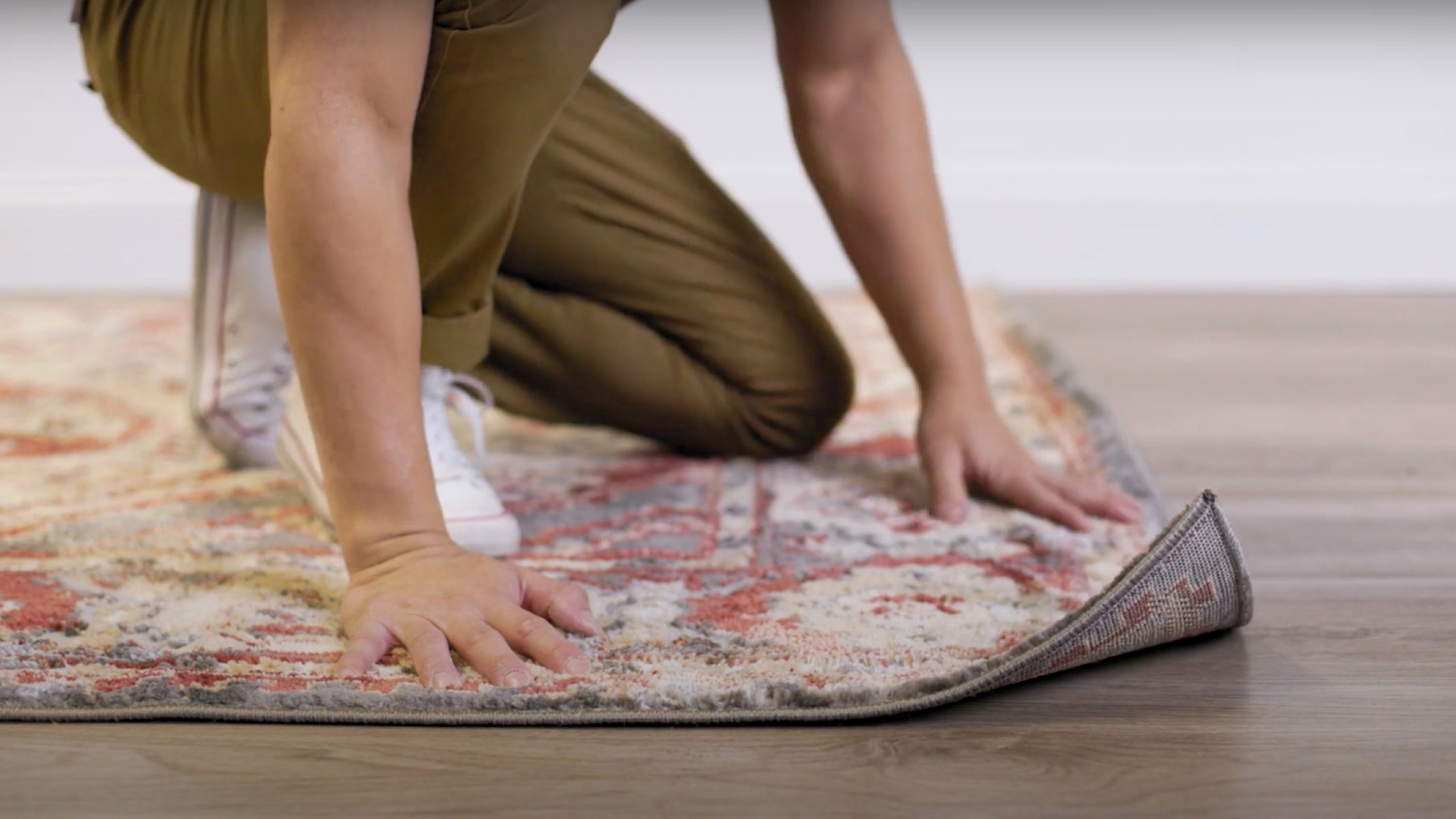
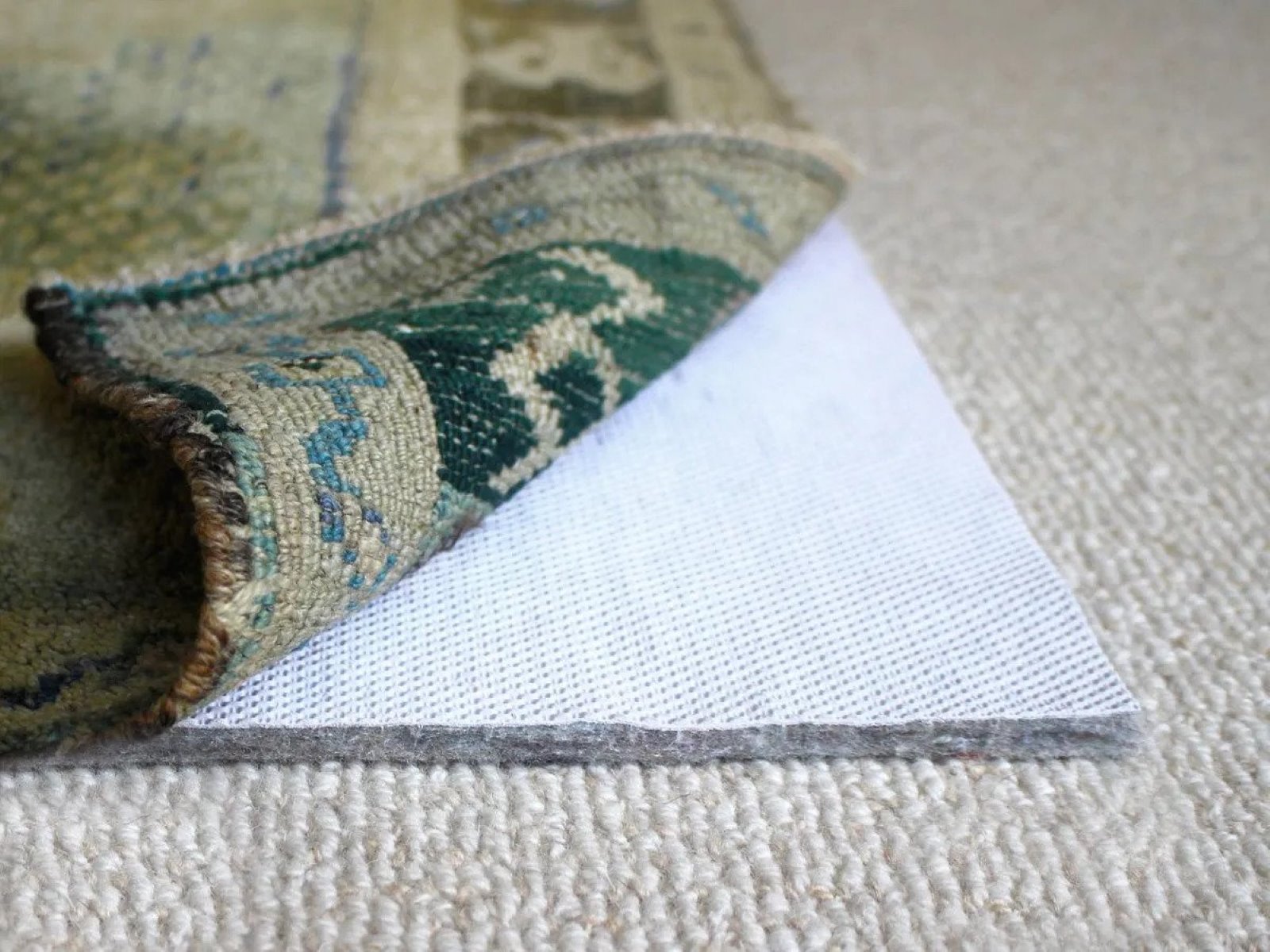
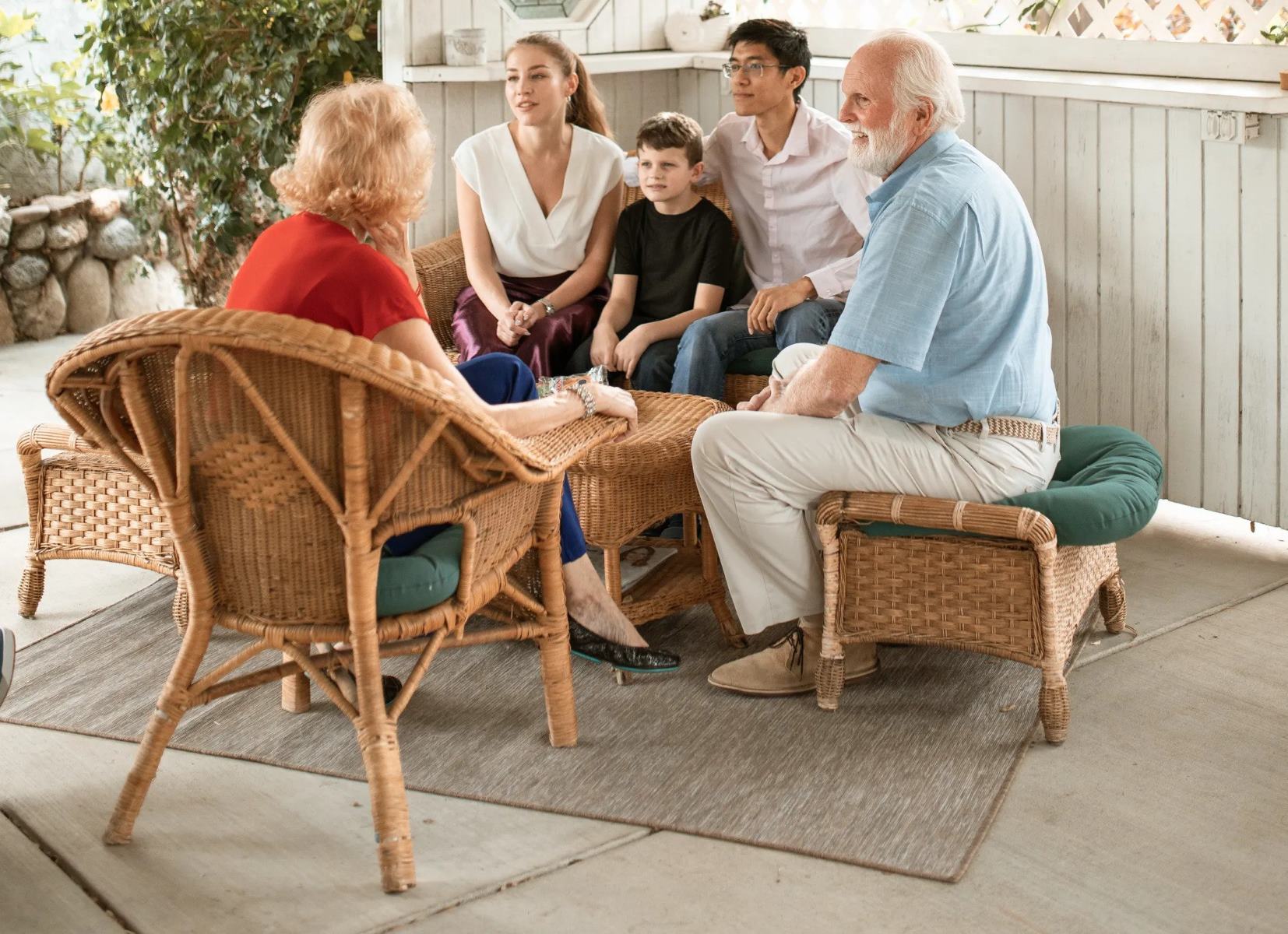
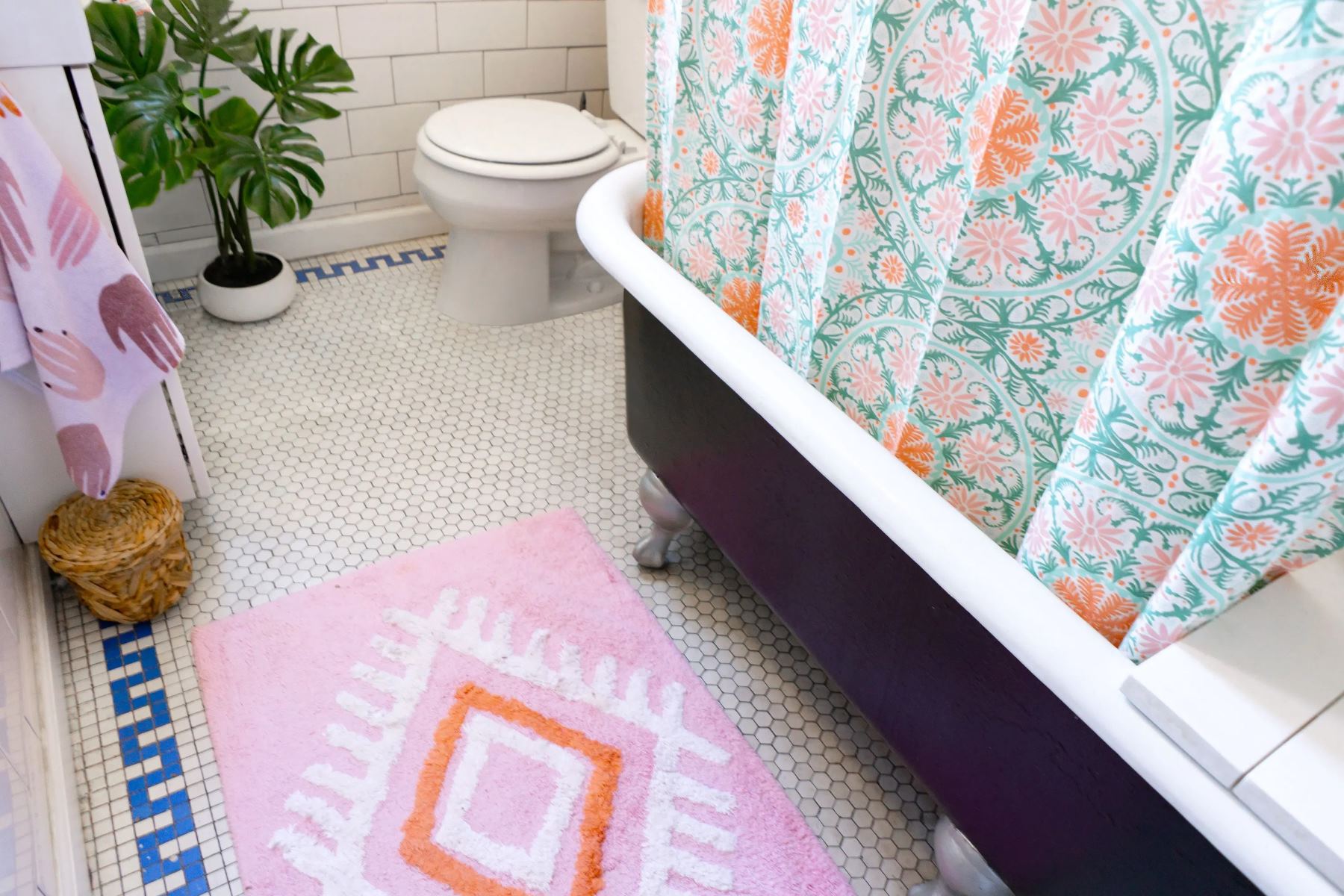
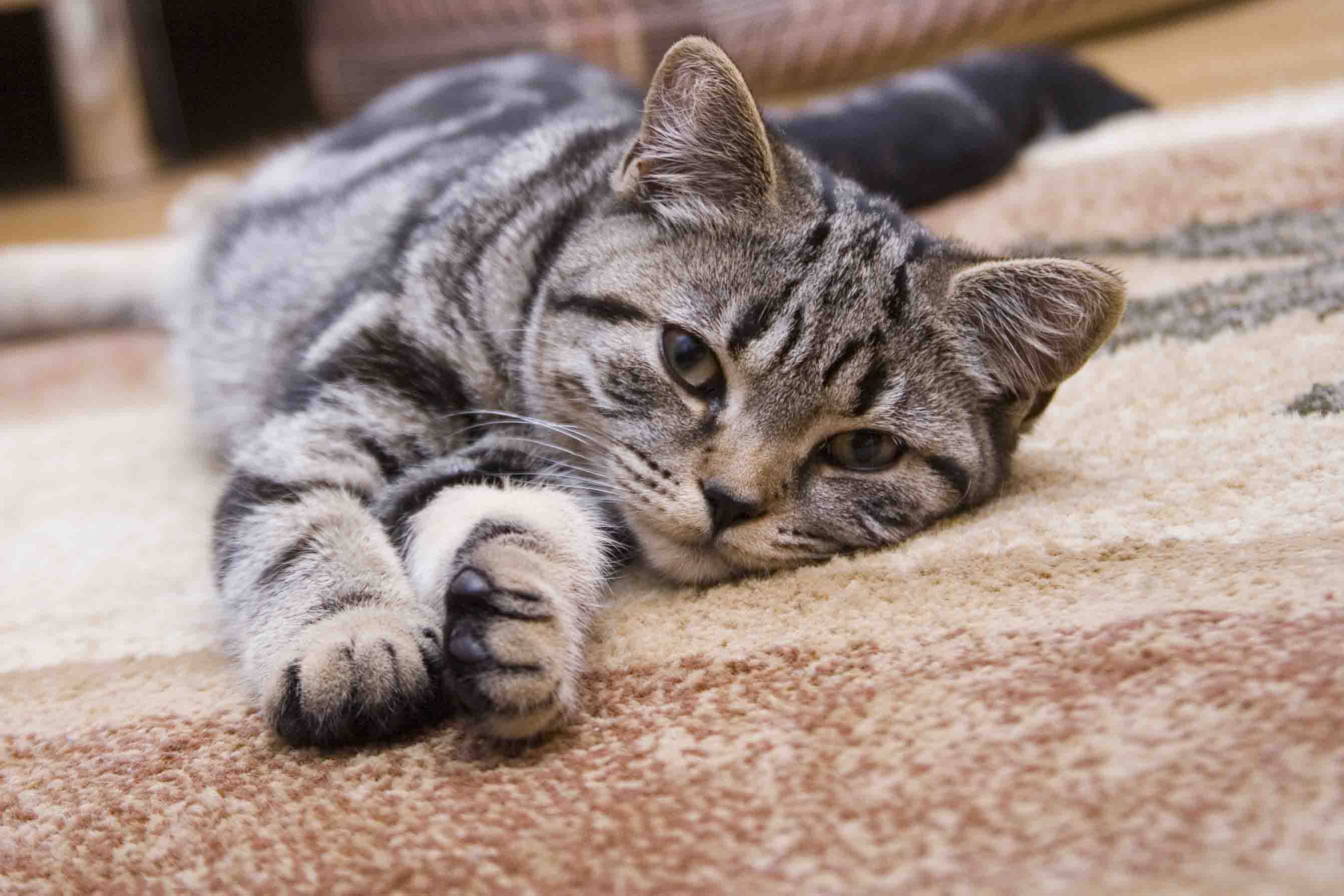
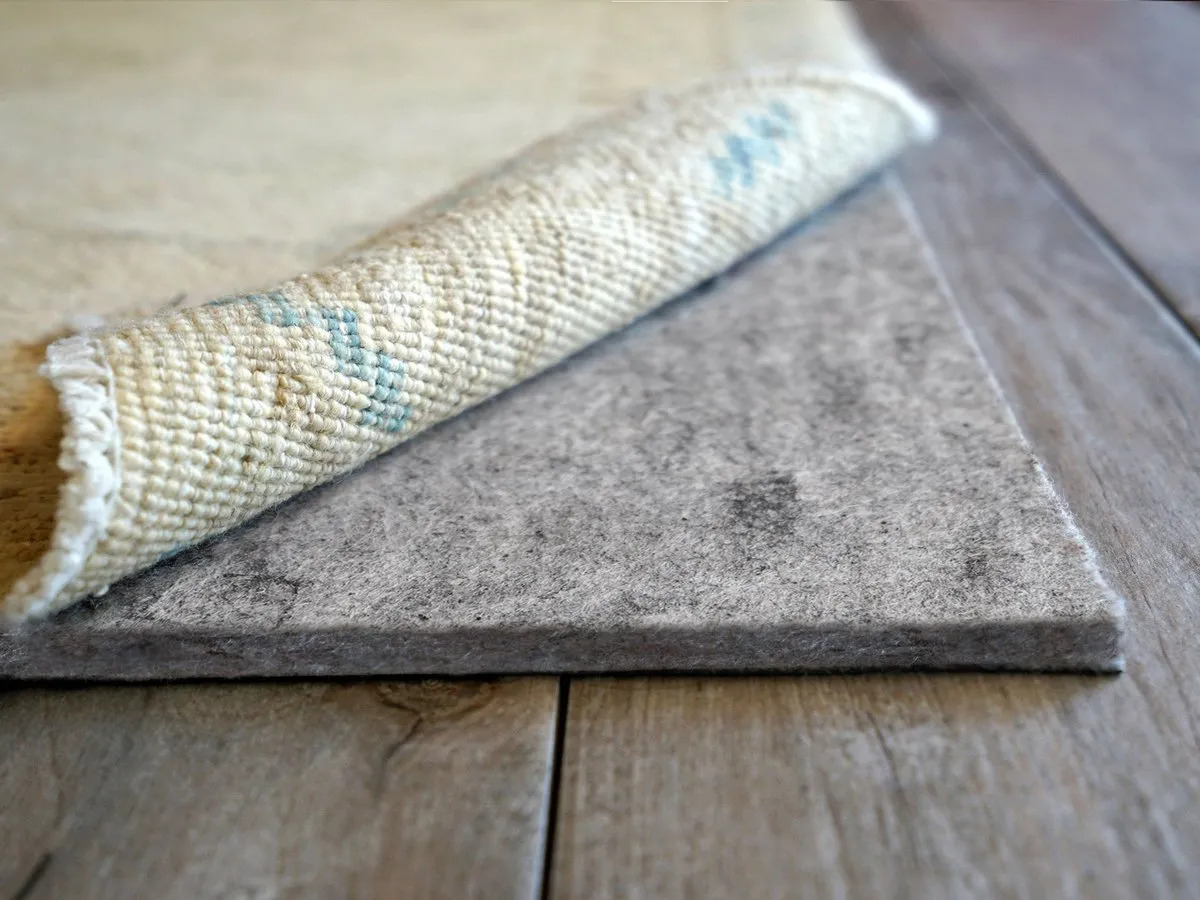
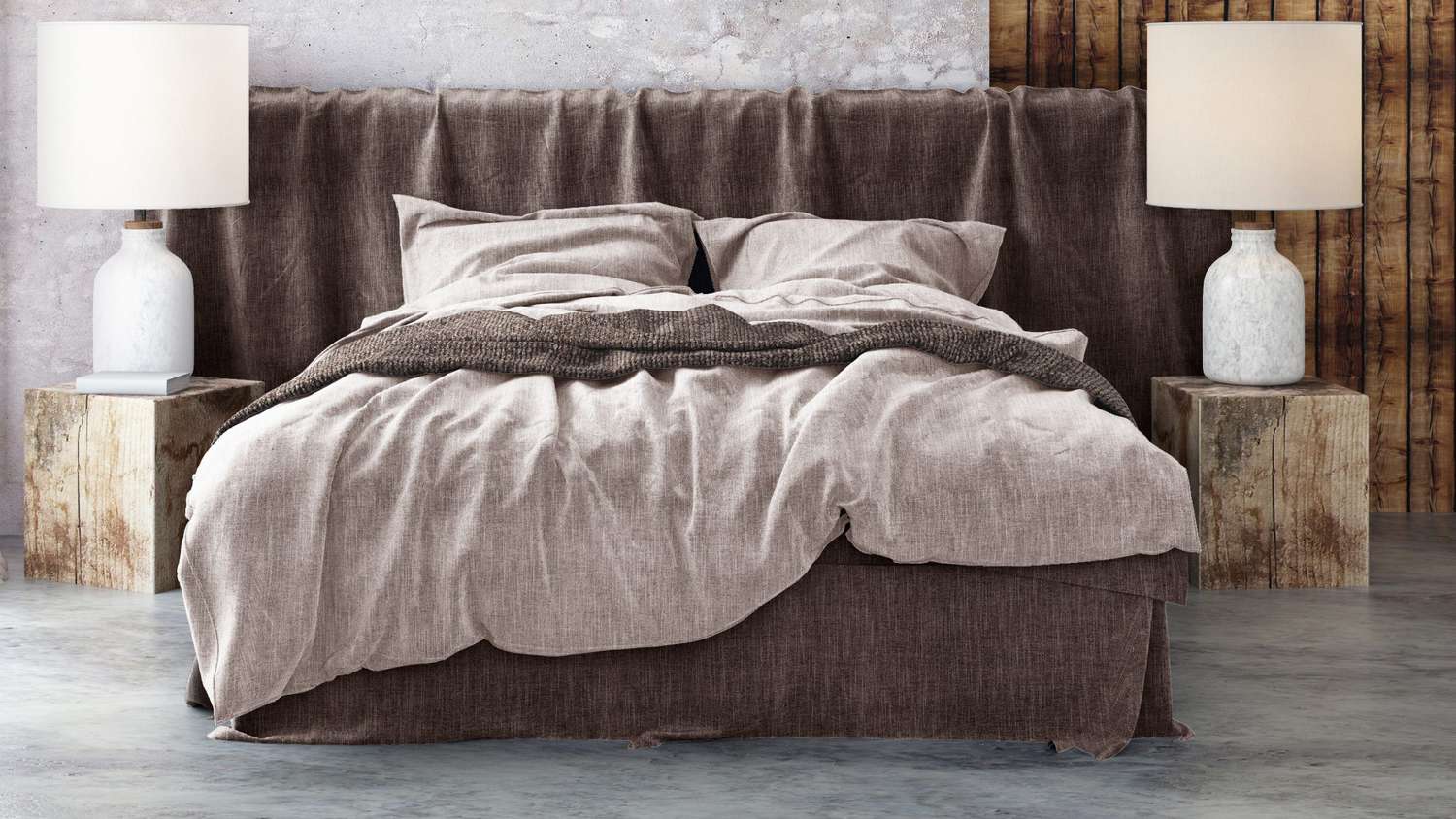
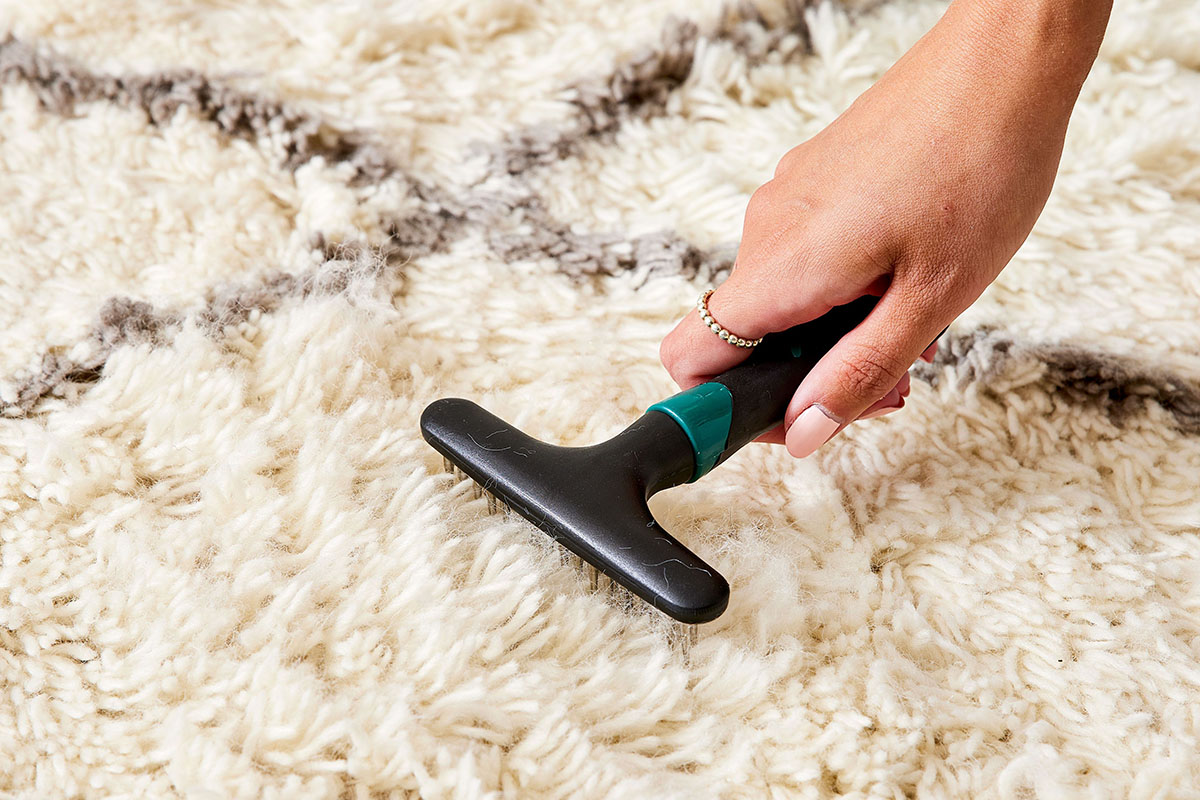
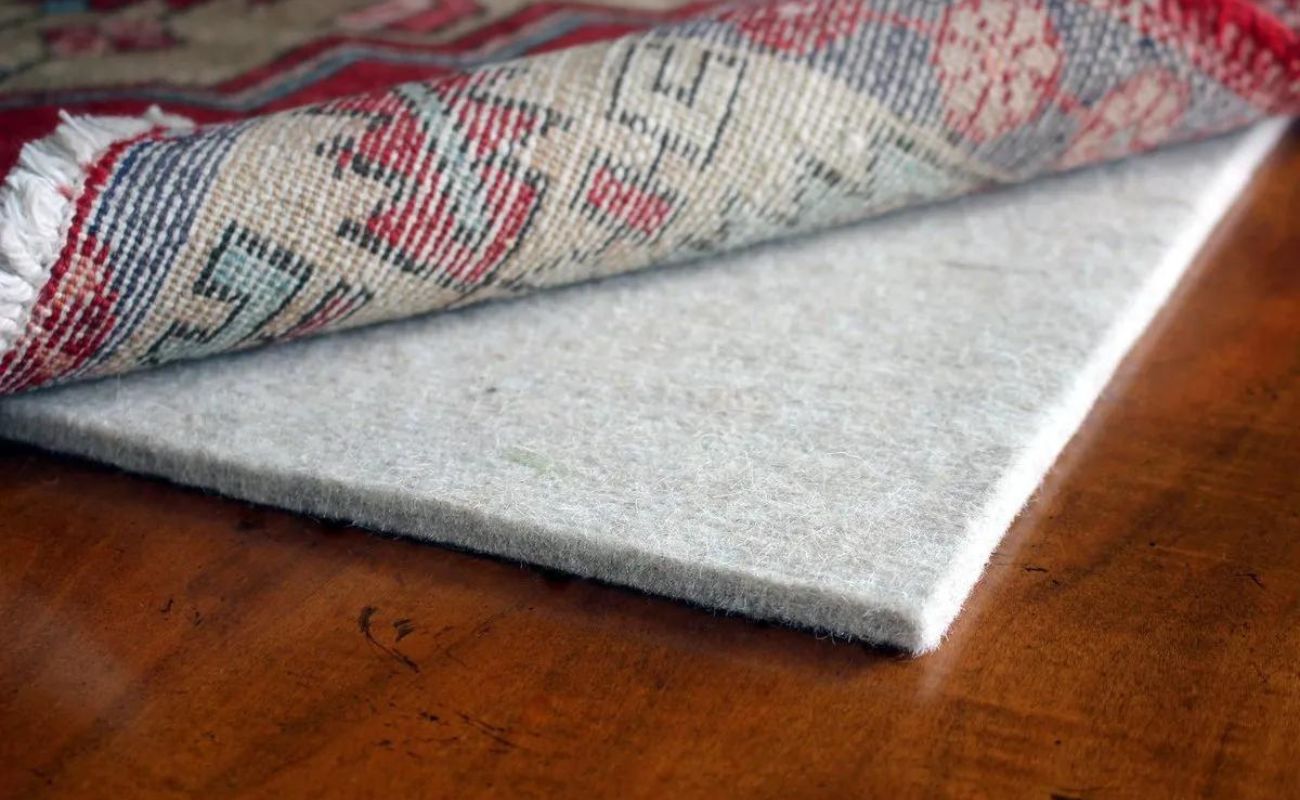
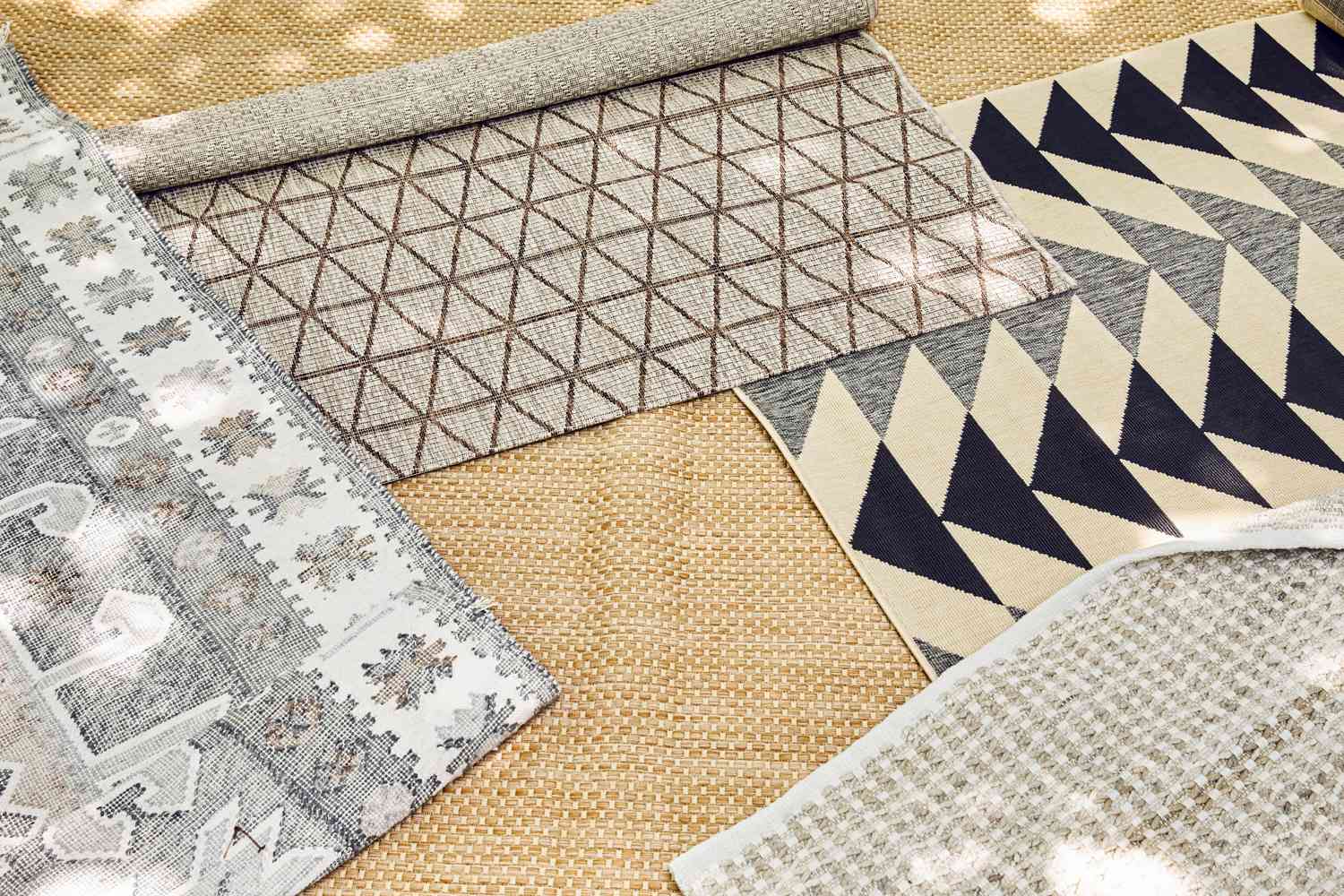
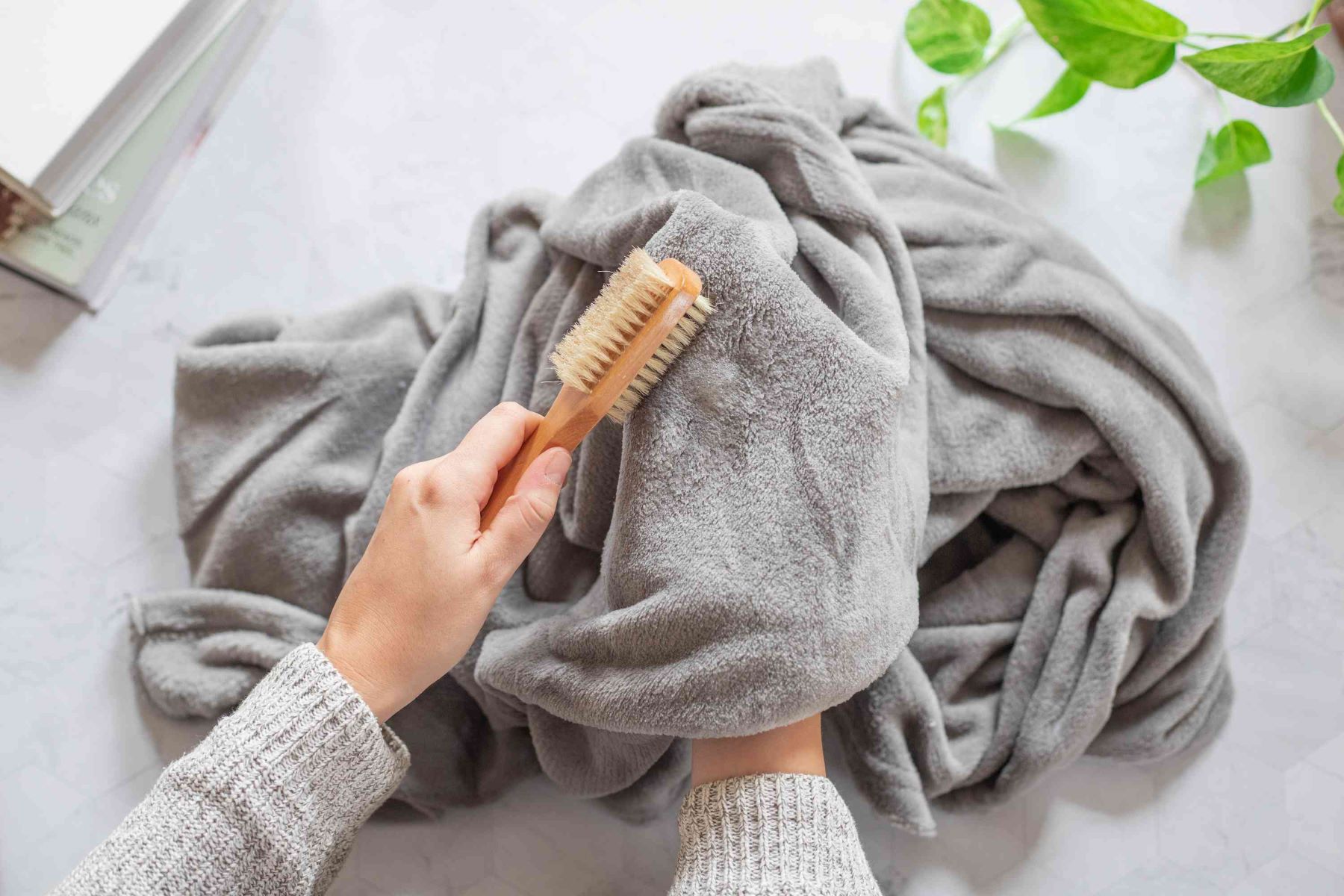
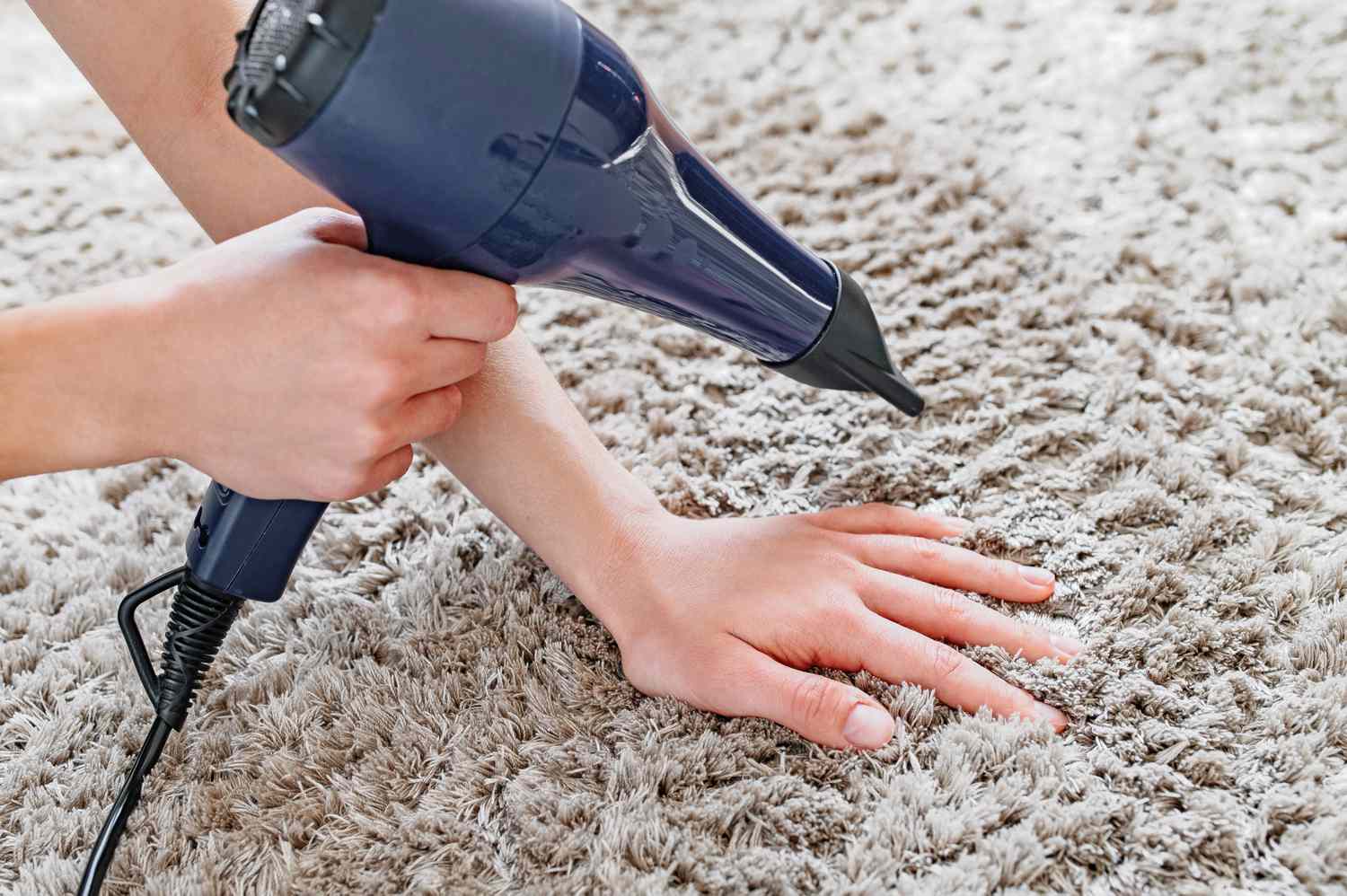
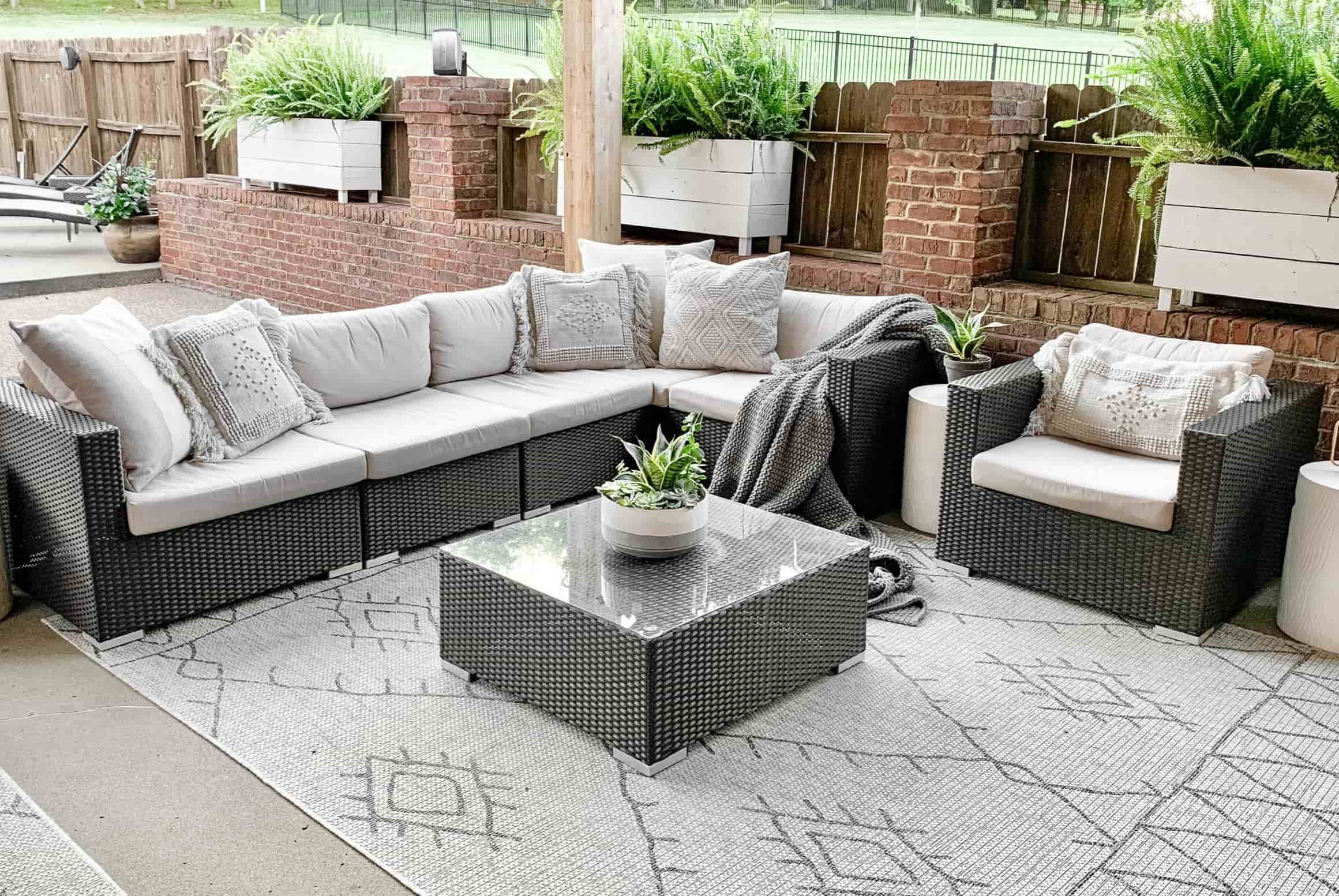

0 thoughts on “How To Keep Rugs Fluffy”